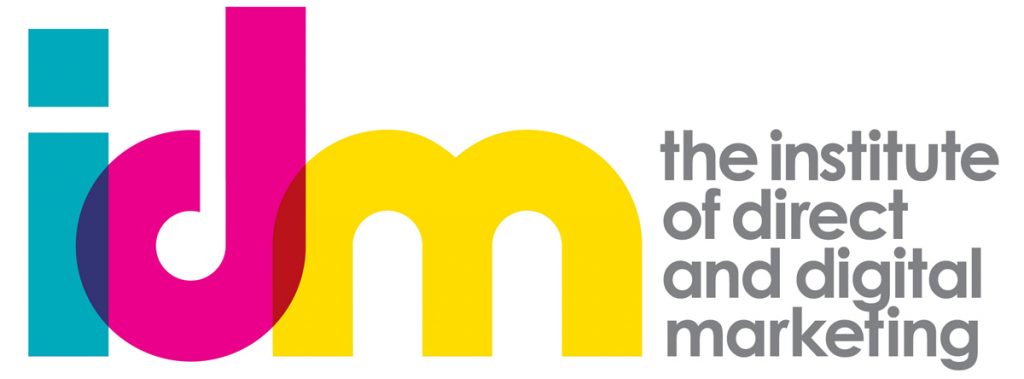Most businesses are excited by the potential of AI and Machine learning. But many don’t get the results that they hope for. Why, and how can CRM systems help?
This blog examines AI, its workings, and why CRM (Customer Relationship Management) systems are critical.
How does AI work?
AI is supposed to mirror how our brains work – so let’s take that at face value. We don’t start with a blank canvas. We come to the world with specific built-in “hard-wired” ways of looking at it. It doesn’t matter if these are true, so long as they help us survive.
Teachers (I include parents in this) then tell us what things mean and how they relate to each other. For example, we learn that 2+2 = 4, that the earth moves around the sun, and that the sun moves around the universe. In AI, the meaning and structure of data is called its ontology.
Teachers then train us to recognise what they know to be true by applying it to data in which they know we will find what they have told us about. We then leave the classroom and start using our experience to recognize these patterns.
There are three ways that we do that according to the AI model:
Once trained to recognize objects, we look for them in any new and random (unlabelled) data and assemble them. So if we “know” that we are experiencing an animal and there should be limbs, a body, and a head, we can put an animal together from random data that presents only the vaguest image. Of course, if we don’t “know” about a trunk, we would think an elephant has five legs. Distributive Model,
We try to find patterns in what we see – things that seem to have something in common with each other (encoder) and then use what we “know” to be true to work out which parts make sense and reject those that don’t. So we get the experience of an elephant and see five limbs. But as we know, animals only have four, so one is discarded as an error – (Variational Autoencoders)
We look for new experiences (generator), and what we have learned from experience should fit together (discriminator). We decide what is there (from the domain) and what isn’t (fake). So we have learned from long experience that an animal has four legs, a head, and a body—all the animals we have ever experienced have them. So when we see an elephant, we know that its trunk must be fake and isn’t there. (Generative Adversarial Networks)
So, AI is great at finding the types of things that should be there based on what data has meaning and how it fits together – its ontology or what is real. We build that ontology from what we already “know” and then use experience to extend this “knowledge” through training
Why CRM is critical to AI
Deep philosophical questions aside, from a purely technical perspective, you need a consistent and reliable idea of what things mean and how they relate.
In the Harvard Business Review, Seth Earle points to these issues as the reason there is little to show for the billions invested in AI. It cannot reliably find genuinely novel objects – black swans in the noise of completely random data. But what it can do is find the sort of things, “real things” we know must be there.
Because AI apps can’t find and actively reject “unreal” objects, we must provide them with the most “real” data possible. It must be meaningful and structured in a way that the AI system expects and is consistent with its Ontology.
That means we should think very hard about what data means and how it is structured now and in the future. In other words, we need a Data Strategy. AWS says a data strategy “outlines an organization’s long-term vision for collecting, storing, sharing, and using its data.”
A CRM system applies this strategy to customer data. That means it helps us to think clearly about our ontology and ensure its consistent use.
Would you like to know more?
Further resources on this topic area are available by clicking the button below.


